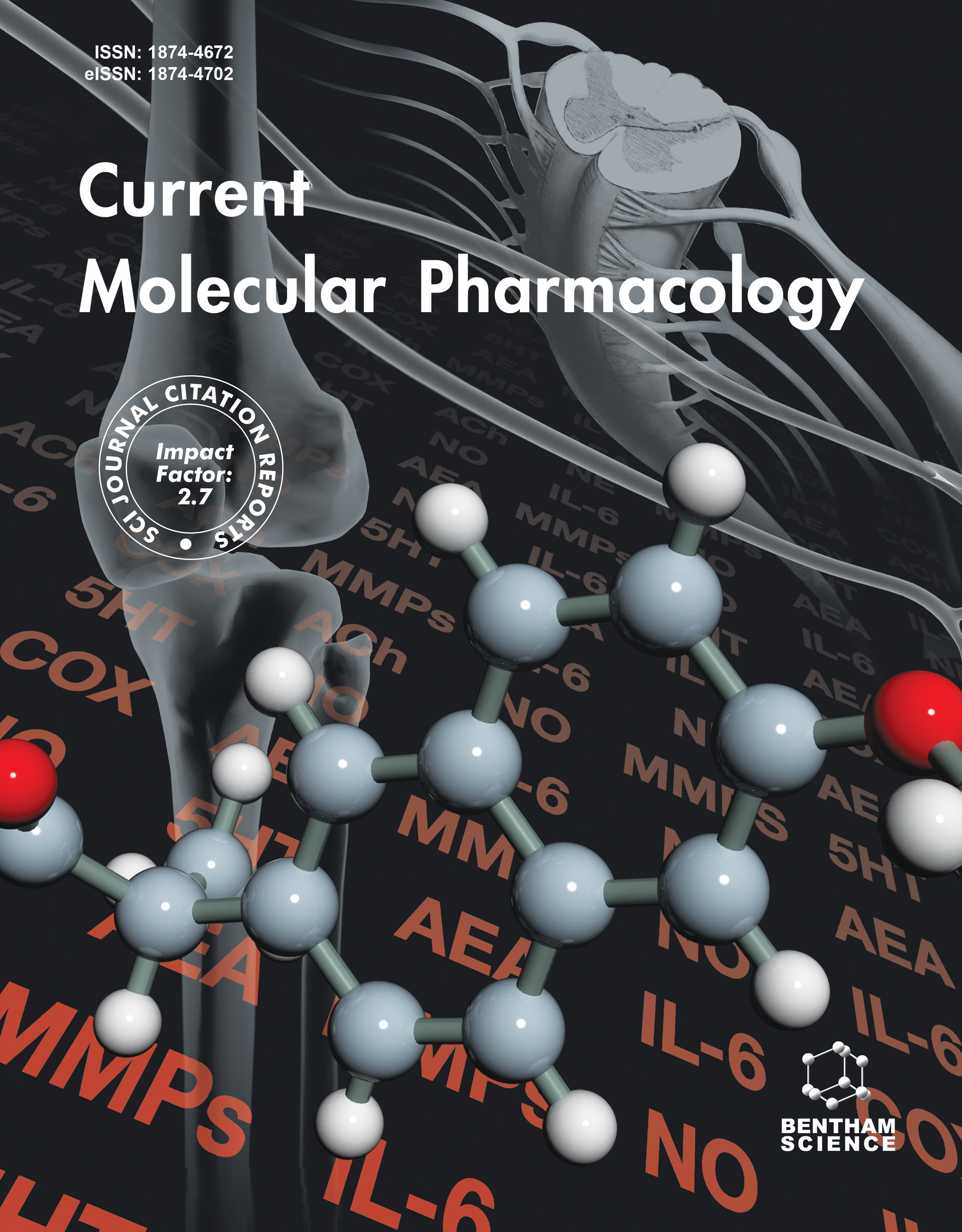-
s Activin Receptor Signaling: A Potential Therapeutic Target for Osteoporosis
- Source: Current Molecular Pharmacology, Volume 5, Issue 2, Jun 2012, p. 195 - 204
-
- 01 Jun 2012
Abstract
Current antiresorptive therapies not only prevent bone loss by decreasing osteoclastic bone resorption but also inhibit bone formation. Dual anabolic antiresorptive agents may be required to cure severe osteoporosis by preventing further bone loss and increasing bone mass to normal levels. Recent studies have demonstrated that activin signaling plays a crucial role in the skeleton. Activins, like other TGF-β superfamily members, transduce their signals through type I and II receptor serine/threonine kinases. The binding of activins to activin type IIA (ActRIIA) or type IIB (ActRIIB) receptors induces the recruitment and phosphorylation of an activin type I receptor (ALK4 and/or ALK7), which then phosphorylates the Smad2 and Smad3 intracellular signaling proteins. Activin signaling is down-regulated by inhibins, follistatin and other proteins, which antagonize activin signaling by a variety of mechanisms. A soluble chimeric protein composed of the extracellular domain of ActRIIA fused to IgG-Fc binds to circulating ligands such as activin A and prevents signaling through the endogenous receptor. In cynomolgus monkeys, the ActRIIA soluble receptor increases bone volume by decreasing bone resorption and increasing bone formation, leading to enhanced mechanical strength and bone quality. In addition, a single dose of the soluble ActRIIA-Fc fusion protein increased serum BSALP and PINP and decreased serum CTX and TRACP 5b in postmenopausal women. These data provide evidence of a dual anabolic antiresorptive effect of the soluble ActRIIA-Fc fusion protein in the skeleton. Therefore, targeting activin receptor signaling may be useful for therapeutic intervention in osteoporosis.


